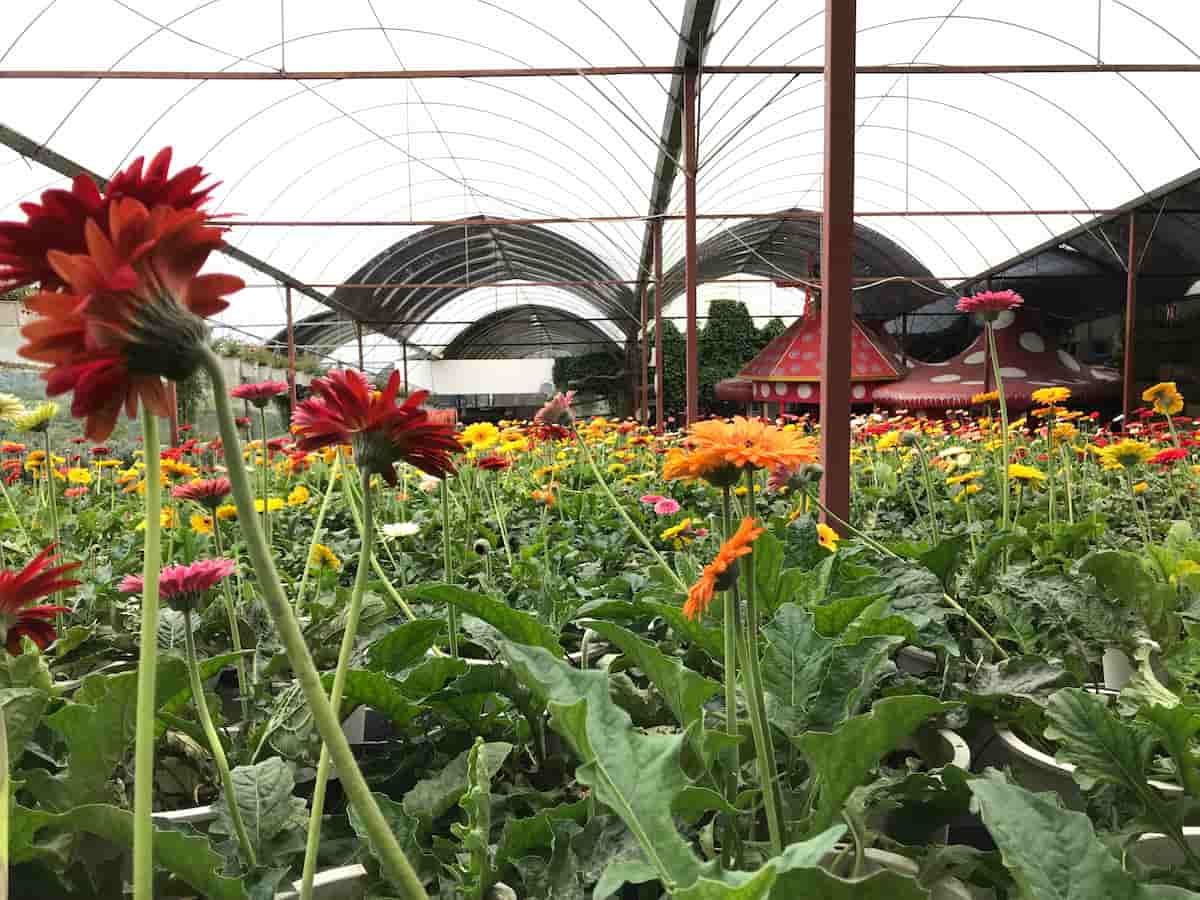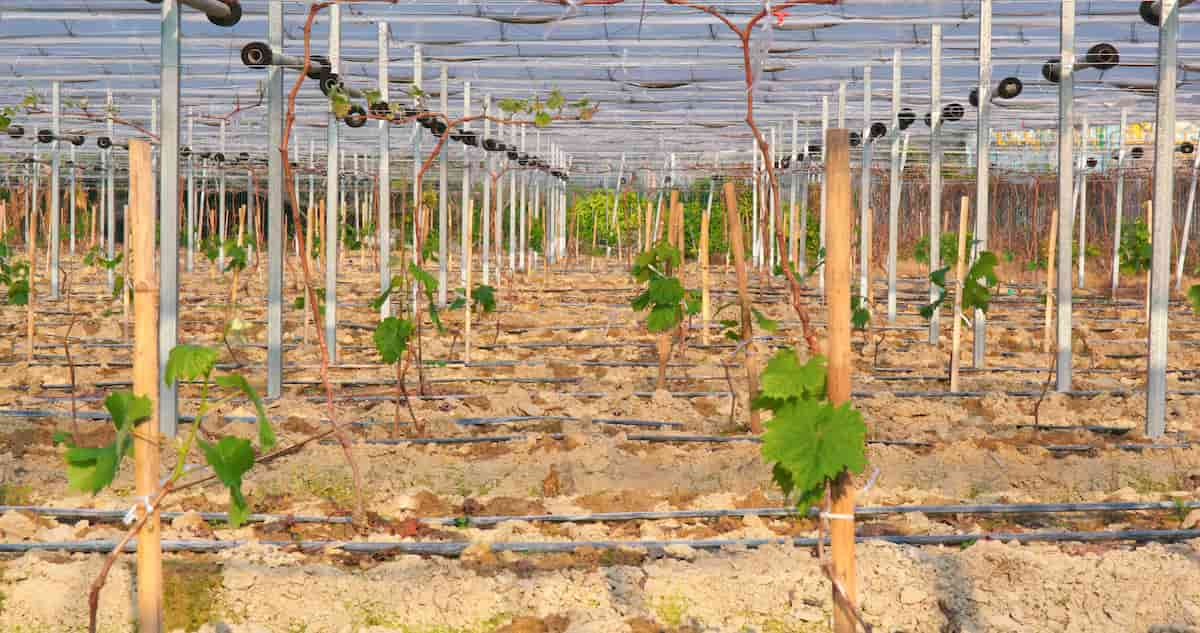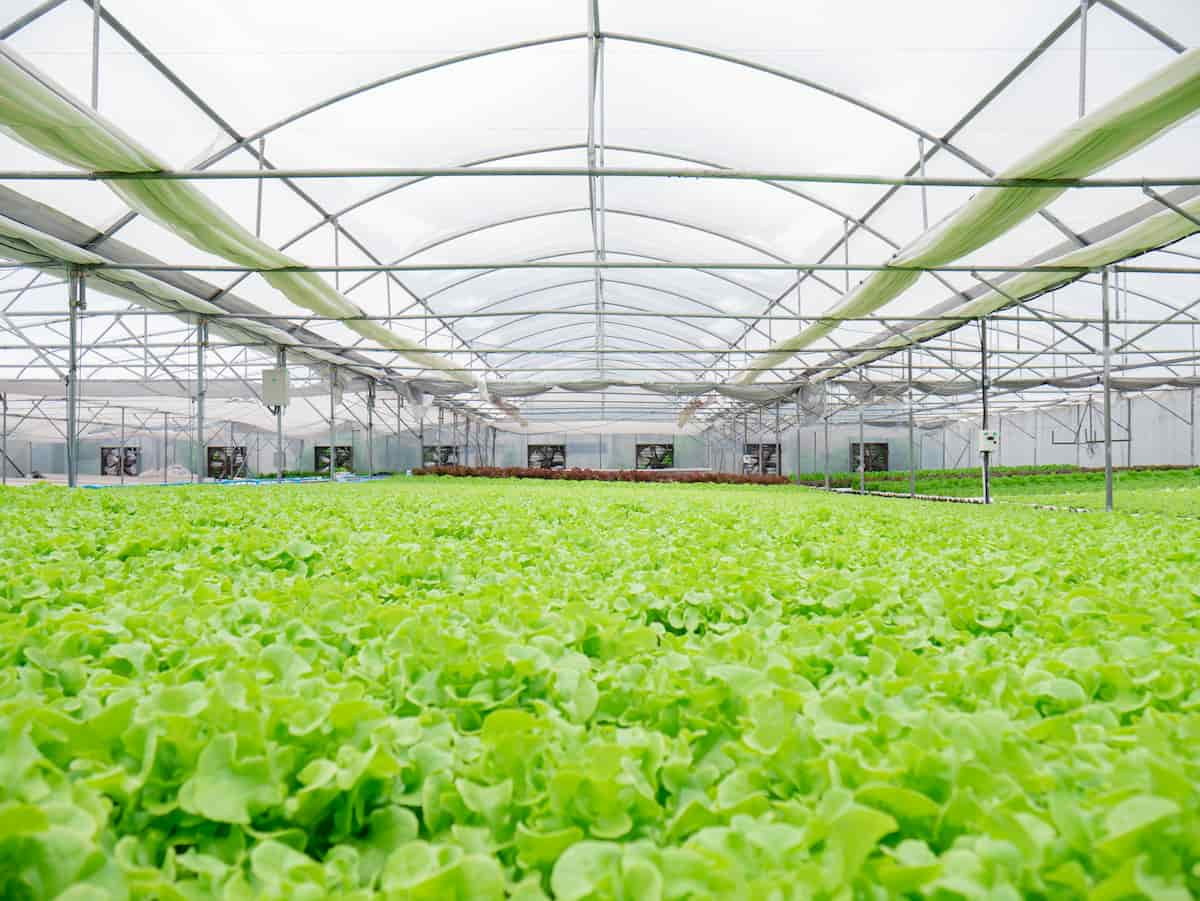India has several government subsidy schemes to promote greenhouse and Polyhouse farming in the country. These schemes aim to encourage farmers to adopt modern and efficient farming techniques that increase their yield and contribute to the country’s overall economic growth.

Top 5 Government Greenhouse/Polyhouse Farming Subsidy Schemes in India
National Horticulture Mission (NHM)
Under this scheme, financial assistance is provided to farmers for the establishment of polyhouses/greenhouses for the commercial cultivation of fruits, vegetables, and flowers. The subsidy percentage provided by NHM is as follows:
- For the general category: 50% of the cost of the greenhouse/polyhouse, subject to a maximum of Rs. 25 lakhs per hectare.
- For the Scheduled Castes (SC) and Scheduled Tribes (ST) category: 60% of the cost of the greenhouse/polyhouse, subject to a maximum of Rs. 30 lakhs per hectare.
The assistance provided under this scheme includes the cost of the greenhouse/polyhouse structure, shade net, insect net, drip irrigation system, and other inputs required for cultivation.
Rashtriya Krishi Vikas Yojana (RKVY)
Rashtriya Krishi Vikas Yojana (RKVY) is a centrally sponsored scheme launched in 2007 to promote agricultural development nationwide. The scheme provides financial assistance to farmers to establish polyhouses/greenhouses for the commercial cultivation of crops. The subsidy percentage provided by RKVY is as follows:
- For the general category: 50% of the cost of the greenhouse/polyhouse, subject to a maximum of Rs. 10 lakhs per hectare.
- For the Scheduled Castes (SC) and Scheduled Tribes (ST) category: 60% of the cost of the greenhouse/polyhouse, subject to a maximum of Rs. 12 lakhs per hectare.
The assistance provided under this scheme includes the cost of the greenhouse/polyhouse structure, shade net, insect net, drip irrigation system, and other inputs required for cultivation.
National Agriculture Development Scheme (NADS)
National Agriculture Development Scheme (NADS) is a centrally sponsored scheme launched in 2007 to promote the development of agriculture in India. Under this scheme, financial assistance is provided to farmers for the establishment of polyhouses/greenhouses for the commercial cultivation of crops. The subsidy percentage provided by NADS is as follows:
- For the general category: 25% of the cost of the greenhouse/polyhouse, subject to a maximum of Rs. 5 lakhs per hectare.
- For the Scheduled Castes (SC) and Scheduled Tribes (ST) category: 33.33% of the cost of the greenhouse/polyhouse, subject to a maximum of Rs. 6.66 lakhs per hectare.
The assistance provided under this scheme includes the cost of the greenhouse/polyhouse structure, shade net, insect net, drip irrigation system, and other inputs required for cultivation.
Pradhan Mantri Fasal Bima Yojana (PMFBY)
Under this scheme, farmers can avail of financial assistance to insure their crops against natural calamities, pests, and diseases. In addition to crop insurance, the scheme also provides a premium subsidy for farmers who adopt greenhouse/polyhouse farming techniques. The subsidy percentage provided by PMFBY is as follows:
- For the general category: 5% of the premium for greenhouse/polyhouse farming, subject to a maximum of Rs. 7500 per hectare.
- For the Scheduled Castes (SC) and Scheduled Tribes (ST) category: 10% of the premium for greenhouse/polyhouse farming, subject to a maximum of Rs. 15000 per hectare.
In case you missed it: Top 5 Government Pig Farming Subsidy Schemes in India

National Bank for Agriculture and Rural Development (NABARD)
The National Bank for Agriculture and Rural Development (NABARD) provides financial assistance to farmers to establish polyhouses/greenhouses for the commercial cultivation of crops. The assistance provided by NABARD is in the form of loans, and the subsidy percentage depends on the loan amount and the category of the farmer. The subsidy percentage provided by NABARD is as follows:
- For the general category: Up to 25% of the total project cost, subject to a maximum of Rs. 10 lakhs.
- For the Scheduled Castes (SC) and Scheduled Tribes (ST) category: Up to 33.33% of the total project cost, subject to a maximum of Rs. 15 lakhs.
The loan provided by NABARD can cover the cost of the greenhouse/polyhouse structure, shade net, insect net, drip irrigation system, and other inputs required for cultivation.
In case you missed it: Top 5 Government Goat Farming Subsidy Schemes in India

Conclusion
In conclusion, the Indian government has implemented several greenhouse and polyhouse farming subsidy schemes to promote modern farming practices and increase agricultural productivity. By availing of these subsidies, farmers can adopt modern farming practices and improve their yields, ultimately leading to the growth of the agricultural sector and improving farmers’ livelihoods.
- Feed Your Flock for Less: Top 10 Tips to Save on Chicken Feed
- Ultimate Guide to Ossabaw Island Hog: Breeding, Raising, Diet, and Care
- Hatching Answers: The Top 10 Reasons Your Chickens Aren’t Laying Eggs
- Eggs and Economics: Breaking Down the Cost of Raising Backyard Chickens
- Defend Your Greens: Proven Methods to Keep Iguanas Out of Your Garden
- Ultimate Guide to Cinnamon Queen Chicken: A Comprehensive Guide for Beginners
- Ultimate Guide to California Tan Chicken: Breeding, Raising, Diet, Egg-Production and Care
- Ultimate Guide to Marsh Daisy Chicken: Breeding, Raising, Diet, and Care
- 10 Types of Chicken Farming Businesses You Can Start for Profits